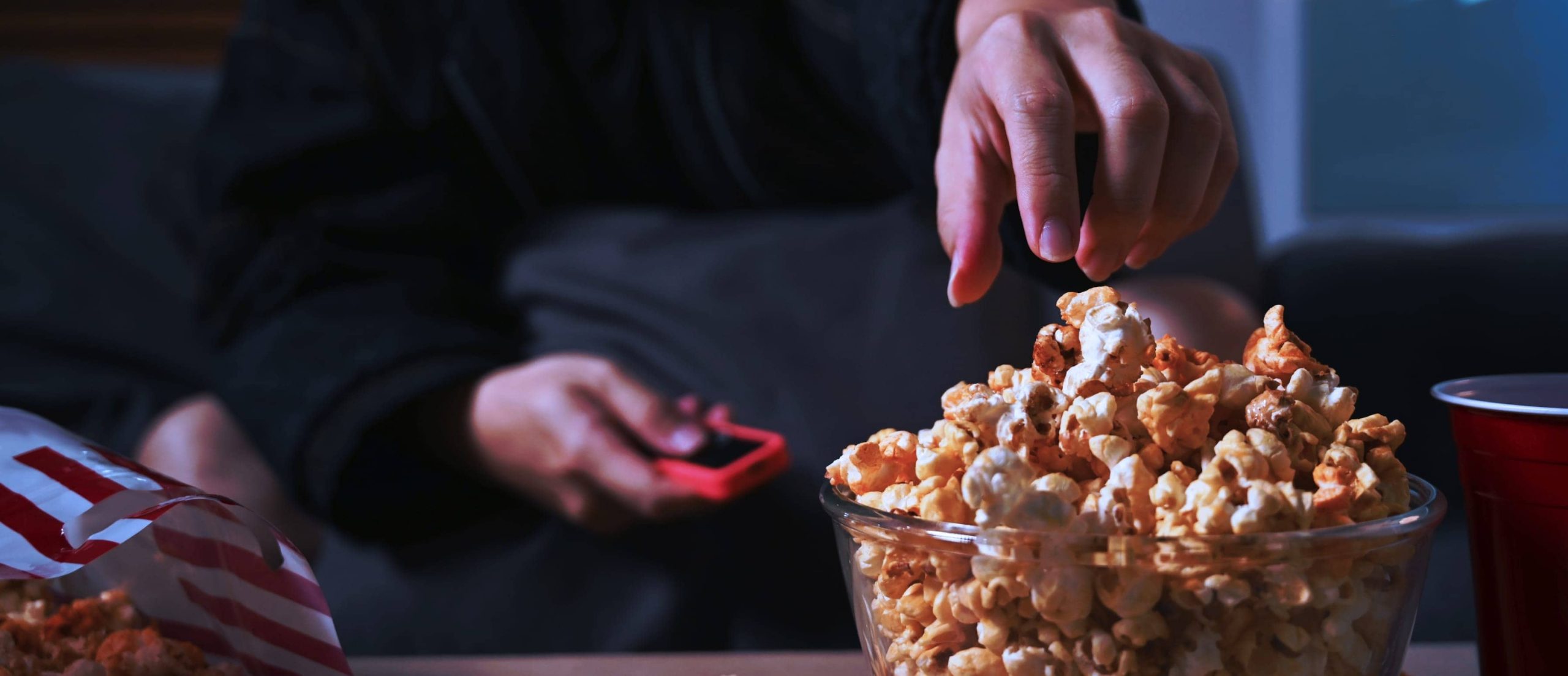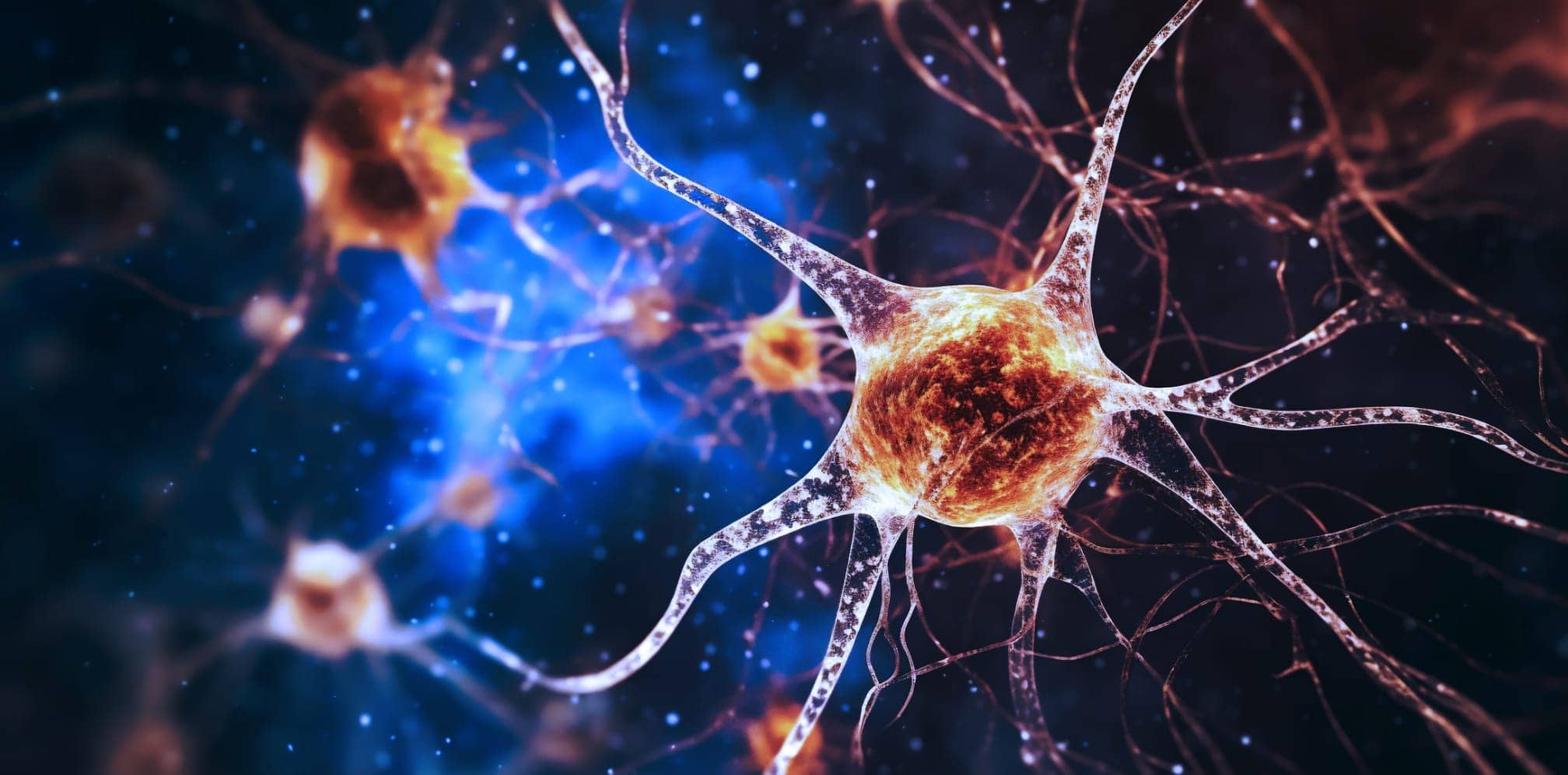
Consuming Questions
COLLEGE OF LIBERAL ARTS
Studying physiological responses in rats sheds light on complex human behaviors.
As a neuroscientist in the Psychology department in the College of Liberal Arts, Associate Professor Dr. Yada Treesukosol studies diet-induced obesity and taste-guided behaviors, but she doesn’t study human subjects. To focus only on the physiological factors that drive human behavior and to separate those factors from psychosocial influences, she conducts her experiments exclusively on rats. “This allows us to look at basic behavior and basic physiology,” says Dr. Treesukosol.
Isolating physiological factors is only the first step. From there, Dr. Treesukosol’s studies isolate the types of behaviors that her subjects can exhibit. For example, two types of behaviors are appetitive and consummatory behavior. An animal exhibits appetitive behaviors when it’s trying to get access to something it desires. In human behavior, this might look like getting up from the sofa and going to the kitchen for a snack. Consummatory behaviors, on the other hand, are what an animal does when it already has access to what it desires. For humans, consummatory behavior might be how much someone will eat when their host continually refills their plate with helping after helping of their favorite dessert.
Once behaviors are isolated, the cues that affect behavior must be isolated. According to Dr. Treesukosol, some cues are immediate, such as how something tastes or feels in the mouth. Post-ingestive cues, however, occur after an animal eats something and could be how full it makes the animal feel. Some of Dr. Treesukosol’s studies have isolated immediate cues by studying how rats behave when offered something to merely lick and taste rather than actually eat.

Even though Dr. Treesukosol isolates factors, behaviors, and cues in her laboratory, her work is anything but isolated. Her research seeks to find applications with people who are studying obesity in humans or treating humans, and sometimes the people doing that work can change the course of her research. For example, a psychologist might report that patients are experiencing changes in taste after bariatric surgery or while recovering from an eating disorder. Dr. Treesukosol can take that information back to her lab and try to isolate the parts of the brain controlling that response. “It really is a two-way communication,” she says.
Dr. Treesukosol teaches as well and is excited about how involved her students are. The research funded by her recent $442,153 grant from the National Institutes of Health is asking two main questions. One seeks to understand the role of gut peptides cholecystokinin (CCK) and glucagon-like peptide-1 (GLP-1), which are chemicals that are released in a mammal’s gut in response to food. Some students are studying where and when those peptides are being released and how they change behavior. The second asks how a mammal’s brain changes when it has been on an alternate-day diet cycle for several days or several weeks. The technique for measuring which neurons are activated in the brain in response to food is called c-FOS, and some students are following this line of inquiry. This approach allows students to take pieces of the puzzle and develop their own questions, and even publish or present their findings at conferences. “What’s really been exciting for me is that the students take ownership of the data. That’s something I always want to show off when I’m talking to colleagues at conferences,” she says.
Dr. Treesukosol is excited to have a career that allows her to unpack these puzzles and go down rabbit holes. She says, “what’s appealing for me about basic science is that we’re really asking the fundamental questions.” By narrowing the focus, she broadens her impact.